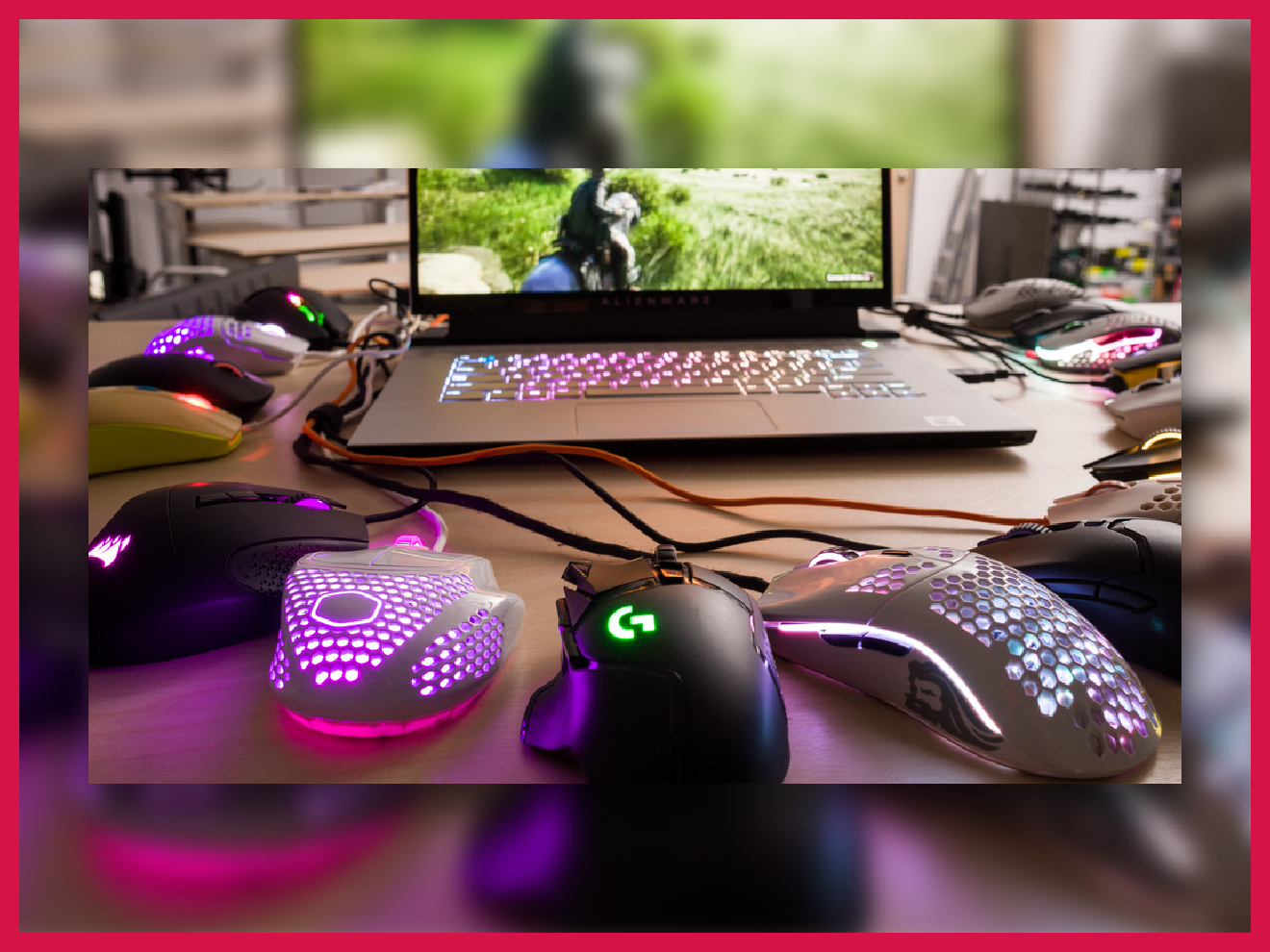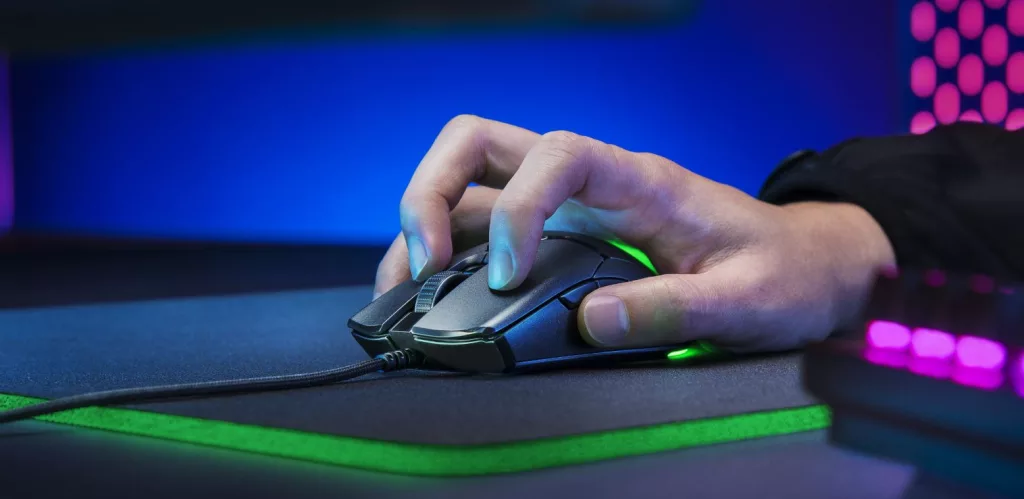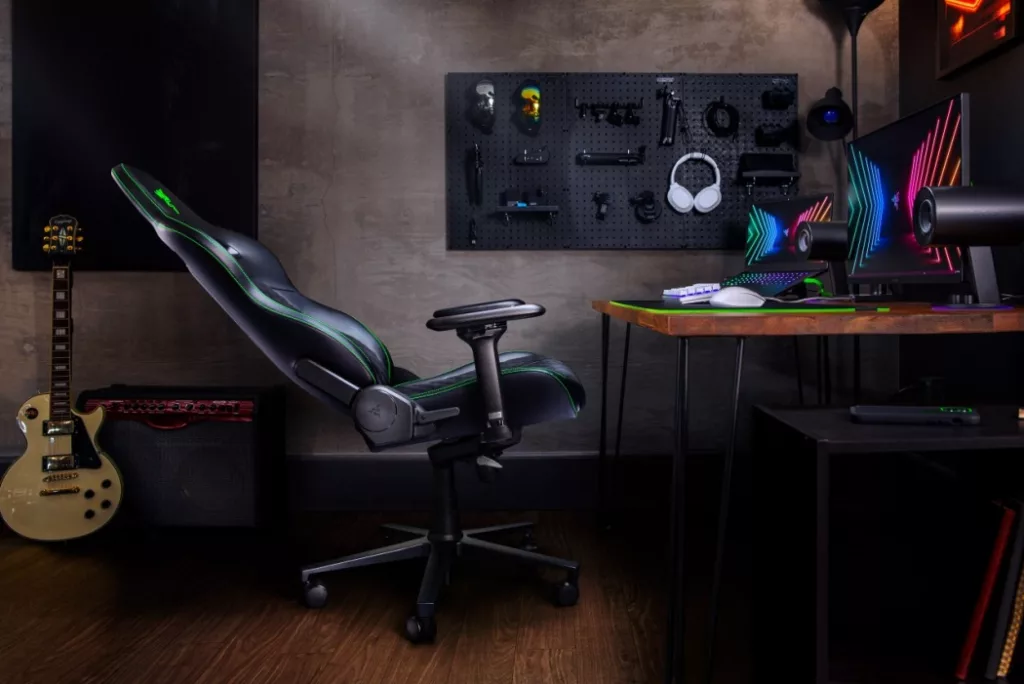Setting up the perfect gaming system is no easy task. It’s a matter that defines your taste and you can’t get anything wrong here. In this piece, I’m going to take you through the fundamentals of buying the right gaming mouse for your gaming setup.
I’ll also be answering the main questions gamers have – so if you’re setting up your gaming system for the first time seriously, I have plenty of useful answers, tips, and tricks for you.
Gaming mice come in all shapes and sizes. Some are good for bigger palms while others are good for smaller ones. Determine what size works for you, set a budget, and then see what features you need. If you’re left-handed then your options are very limited – or you can go with a typical mouse that has side buttons on the right.
Good gaming mice can cost anywhere from $40 to $80. More high-end ones can cost upward of $150.
Featured image taken from Rtings’ guide on the best gaming mouse – a must read.
We’ll discuss:
- Design and aesthetics
- DPI and sensor type
- Polling rate and click latency
- Weight
- Ergonomics
- Programmable buttons
- Build quality
- Other features
- FAQs
Design and aesthetics
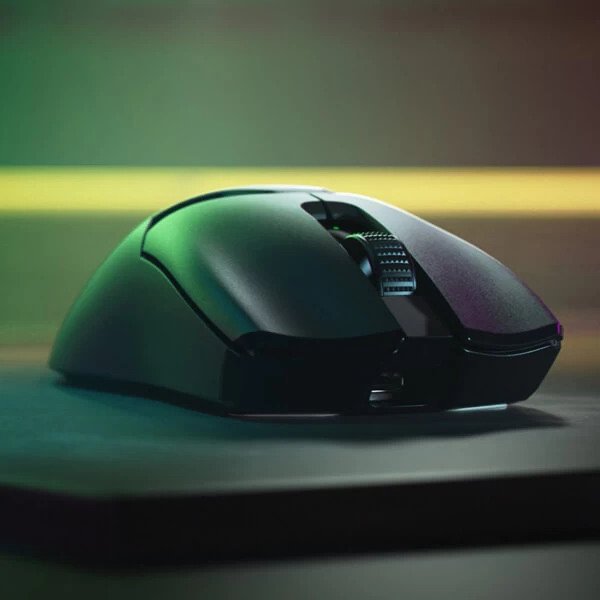
The top-view design of the mouse is very important. It should also fit comfortably in your grip. A grid width of 58-64 mm is the goldilocks zone for most gamers.
The mouse’s angles (aggressive vs. smoothened), texture (matted vs. glossy), accents (if any), etc. give the “first impression” of the mouse. These factors should be reviewed closely if you’re going for a themed gaming system.
Most mice are symmetric but more and more gaming mice are becoming heavily right-handed. A symmetric shape aids in ambidextrous convenience. There are no other benefits to symmetry, except some asymmetric mice are more likely to be ergonomic or include a finger rest.
DPI and sensor type
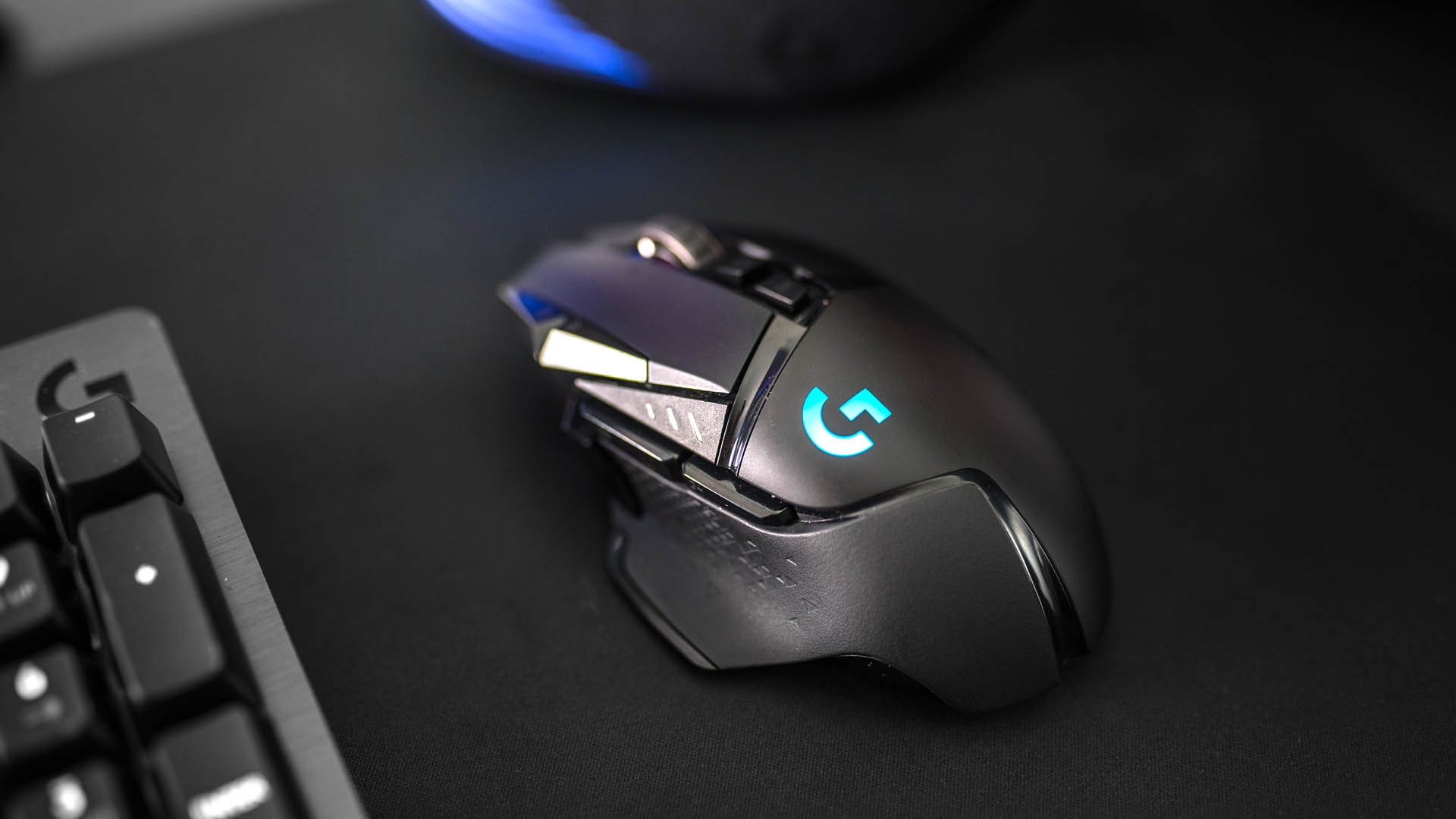
High-DPI mice allow for more cursor movement with little physical movement. This also makes them more sensitive to smaller movements – which is great for gaming. Aim for a 100 to 30,000 DPI range. DPI (dots per inch) is also called CPI (counts per inch). Most mice will allow you to adjust the DPI as per your preference. Some come in steps while some (rarely) allow you to input any DPI number for finer calibration.
The sensor quality decides how well the mouse reacts to movement. Good sensor tech is important. Most high-end gaming mice have LED sensors that even work on glass and have a lift-off distance of around ~1 mm.
Polling rate and click latency
Polling rate: Just like how a monitor has a refresh rate, mice have a polling rate. The polling rate is simply how many times the mouse reports the positional data to the CPU. Anything upward of 500Hz is good.
The difference in higher polling rates beyond 500Hz gets ever smaller. For example, going from 500Hz to 1000Hz will hardly make any visible difference for most – it’s much like FPS beyond ~120, where only very specific things benefit by going even higher.
Click latency is how much time it takes the mouse to register user input. Most recent gaming mice have sufficiently good click latency and you don’t need the fastest of the bunch here. Still, aim for something in the 0.9ms – 1.2ms range.
Weight
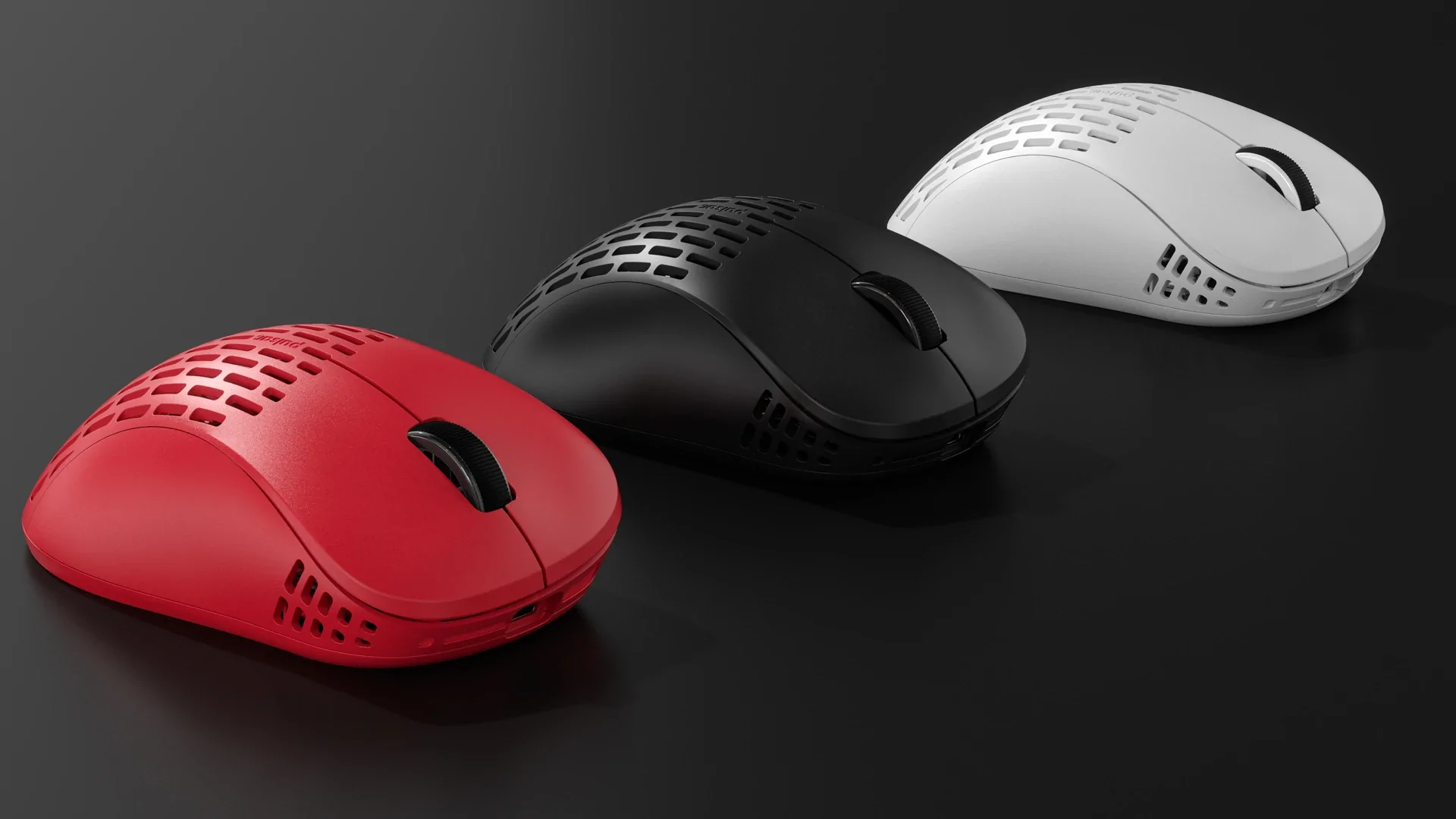
A good gaming mouse weighs anywhere from 50 to 100 g. Some gaming mice tend to have a perfectly centered weight and a weight element inside them that serves no other purpose but to add weight. Others reduce weight (such as by having a honeycomb design).
Note that heavier mice tend to perform better when you’re accustomed to them, but lighter ones are easier for mobility. I always recommend heavier ones for most gaming purposes. Some mice also come with adjustable weights, such as the Logitech G502 Lightspeed allows you to add 2g or 4g components to the total weight (4x2g + 2x4g).
Ergonomics
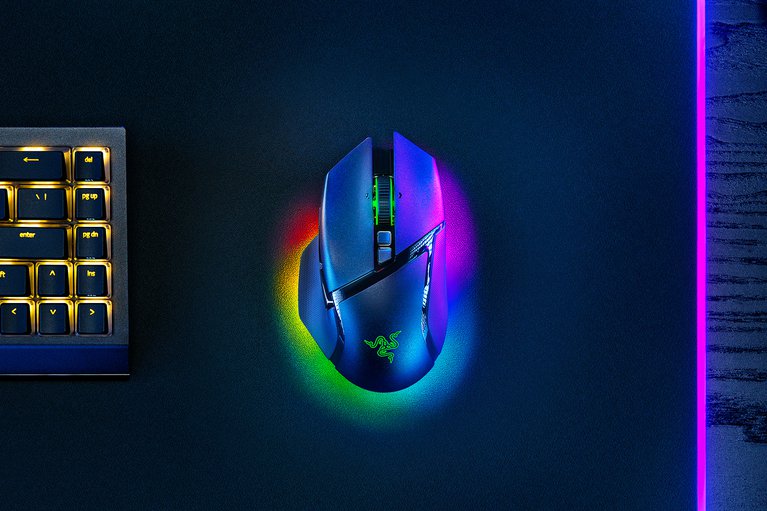
The mouse’s body decides the kind of feel gripping it will give. Almost all good gaming mice have a decent textured grip that resists sweat as well.
The feet of the mouse determine the glide’s smoothness. Though the glide mainly depends on what’s under the mouse (or the quality of the mousepad, more precisely) some offer remarkable feet which allow you to glide effortlessly even on a wooden desk without making much sound.
Rubber side grips & rests aren’t present on all gaming mice but add to the overall comfort and grip. Some mice might also have an adhesive grip. Finger or thumb rests are features you should go for.
Programmable buttons
This is a feature most gamers are conflicted in. Ultimately it all comes down to preference. Some prefer having as many as 6-7 programmable buttons while others like the simplicity of just 2-3 apart from the DPI adjustment buttons.
There is no apparent advantage to more programmable buttons as the human brain can only handle a few different buttons during intense moments in games. If you love more of these, you can also go for one that allows you to switch between different profiles to have additional actions set up on the same buttons.
Build quality
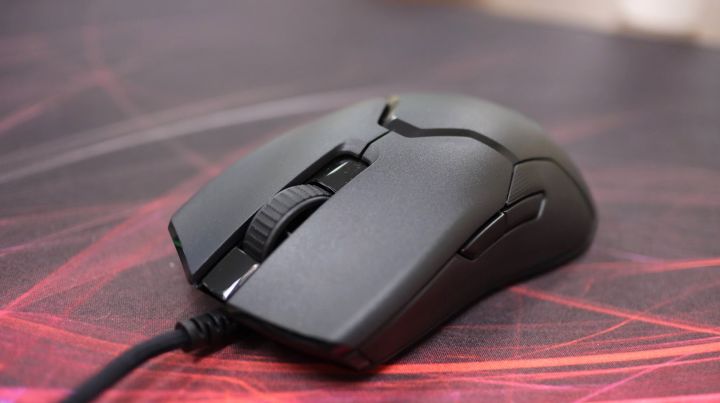
This isn’t something you can always tell easily. A mouse’s build quality is something to experience, well, firsthand. As long as you’re buying a good mouse from a good brand with plenty of positive reviews, it’s likely that the build quality will be good. In general, avoid a mouse that has wobbling buttons/wheels, rattling sounds on shaking, or a cheap/weak-feeling plastic.
Other features
Here are some other features that might be relevant to you.
- Notched wheel: If you play games where the mouse wheel is used extensively, then go for one with a notched or ridged wheel. These mice not only make it more fine-tuned to scroll the wheel but they also come with generally better quality wheels. You’d be surprised to learn that other models pay so little attention to the wheel that the third mouse click/wheel click is the most likely to fail first even in top-end mice while every other button and function is working as new.
- Click noise: Some like the sound of a good click while others prefer their mice to be largely silent. Generally, you want a mouse that doesn’t make too much noise. Clicks happen very frequently and loudly in gaming scenarios and too much clicking will definitely trouble someone around you in a silent room.
- Cable: If you’re going for a wired mouse then choose one with a paracord-like cable. These cables stay tangle-free for longer.
- RGB: Last and truly least, RGB should never be a deciding factor when selecting a mouse. If you have two options – one which has the superior build quality and better features but no RGB and another that has inferior specs but RGB, within the same price range, go with the first one. RGB doesn’t matter in the heat of the game – but quality, comfort, and features matter a lot.
Gaming mouse FAQs
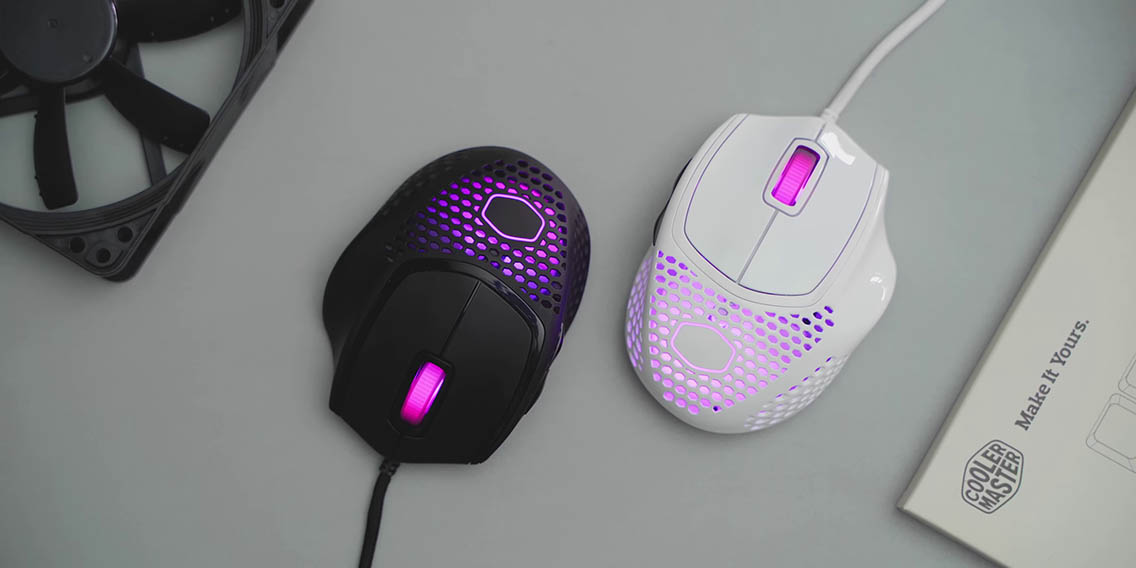
Let’s go through some common questions and answers regarding gaming mice
What should I look for in a gaming mouse?
Comfort and looks are the most important qualities. I’d also recommend you limit your search to well-known gaming brands such as the Logitech Gaming series or Razer. The mouse’s ergonomics determine the overall comfort, but there’s a good chance that your fit will be unique. In that case, I recommend reading up on reviews from Rtings.com.
Is a wireless gaming mouse good?
Wireless/Bluetooth gaming mice are great if you’re going for a minimalist look for your gaming setup. You’ll find a bunch of options in all shapes, sizes, and colors. Also, Bluetooth mice tech has come very far and battery life isn’t a concern anymore. Still, you need to remember that your mouse will require charging and battery replacements.
If you’re going for a rechargeable mouse then you can look for one that has auto on/off to conserve battery life and one that can be used while plugged in to charge.
Should I go for an ergonomic mouse?
All gaming mice from reputable brands are ergonomic — but some are more ergonomic than others. Brands have experimented to a point where the conventional shape of a “mouse” is no longer visually describable. Truly ergonomic mice are often tilted at an angle — and some are even vertical.
- Logitech’s MX Master 3S is a great ergonomic mouse that fits the human grip very comfortably.
- Logitech’s Lift is a vertical gaming mouse designed to hold in a “handshake” position.
With practice, ergonomic gaming mice like these will avoid excessive wrist strain and nerve compression that we otherwise take normally.
Both shown below.

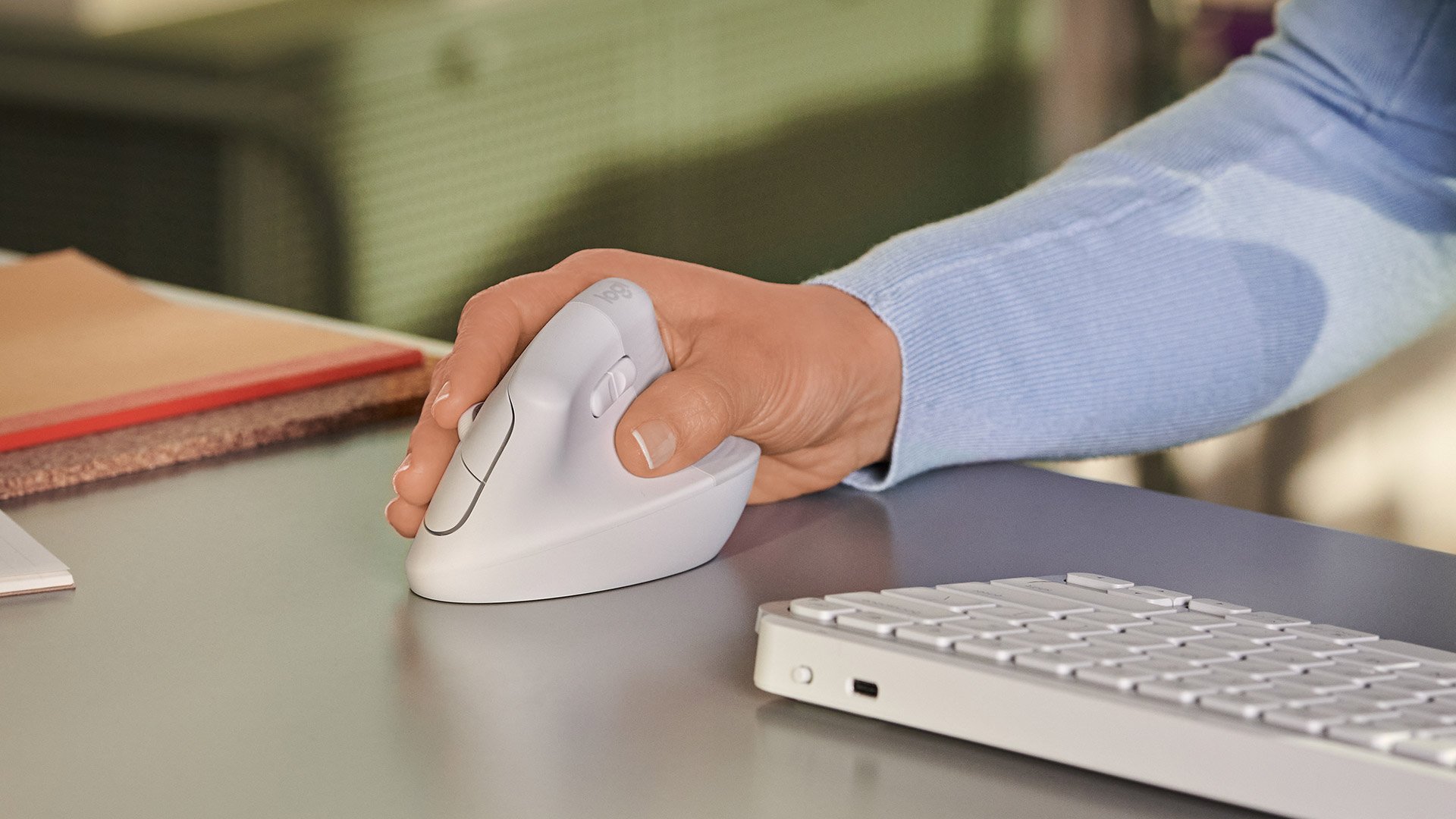
Conclusion
All in all, purchasing the right gaming mouse is an experience rather than just another part or decision. When you find the right mouse, trust me, you’ll probably be buying the same model at least a few times.
That’s why it’s important to not be fooled by marketing talk. Do your research properly. Separate the essential features from the chaff. Make your decision after testing and using a few different models. And generally, don’t go for cheap non-branded gaming mice – they will either be very uncomfortable for long usage or just break down more often.


